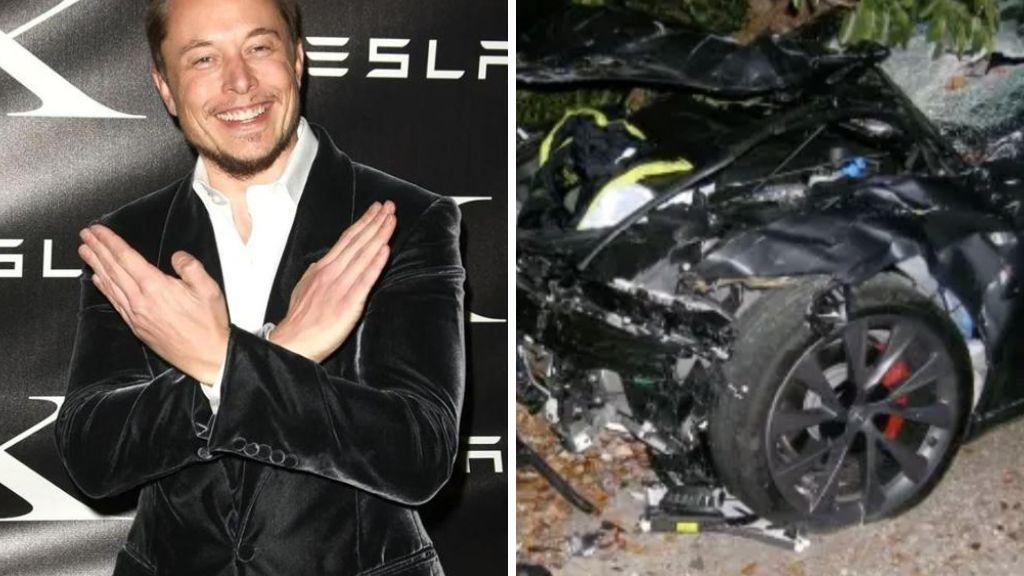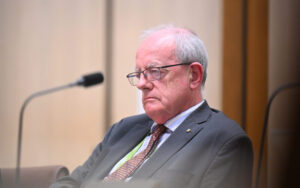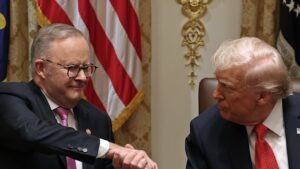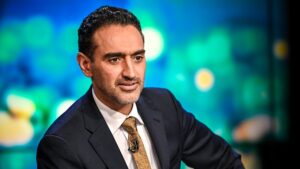
Tesla has introduced its hands-free driving feature, called Full Self-Driving (supervised), to Australian roads, allowing drivers to relinquish control of steering, acceleration, and braking. This rollout positions Australia and New Zealand as the first right-hand drive markets to receive this technology. Despite the excitement surrounding the launch, experts caution that the system is not fully autonomous and requires continuous attention from drivers.
During a test drive in Sydney, conducted by 60 Minutes Australia reporter Amelia Adams alongside motor expert James Ward, the limitations of the technology became apparent. While the vehicle managed to navigate various driving tasks, both Adams and Ward expressed concern about the system’s performance, particularly when the car entered a construction zone without proper guidance. “This is bananas,” Ward remarked, but quickly acknowledged the risks, stating, “We have made an error.”
Promises vs. Reality
The introduction of this software follows years of bold claims from Elon Musk, Tesla’s CEO, who has suggested that the experience of riding in a Tesla would soon resemble that of using an elevator—simple and incredibly safe. Musk has consistently asserted that the technology is nearing completion, even claiming it would be “safer than a human” driver within a couple of years.
Yet, experts like Dr. Missy Cummings, Director of the Autonomy and Robotics Centre at George Mason University, have criticized these assertions. She stated unequivocally, “The jury is in. The technology has a lot of problems,” emphasizing that self-driving cars lack the cognitive abilities humans possess. Cummings pointed out Tesla’s reliance on camera systems while ignoring other critical technologies, such as LIDAR and radar, which she believes are essential for safe operation. “Robots cannot operate in safety-critical systems with just one sensor,” she added.
Incidents Highlighting Risks
The potential dangers of an over-reliance on Tesla’s autopilot were tragically exemplified in the United States. In 2019, a Tesla driver in Florida, relying on the Autopilot feature, severely injured Dillon Angulo and killed his girlfriend, Naibel Benavides. Angulo suffered multiple serious injuries and has since pursued legal action against Tesla, resulting in a landmark verdict of $375 million awarded to him and Benavides’ family. During the trial, it became evident that there was a significant disparity between Tesla’s marketing claims and its legal defense, which described the system as merely a driver assistance feature requiring constant supervision.
Angulo emphasized the importance of recognizing the risks associated with the technology, stating, “I felt like this technology wasn’t ready yet, and that it failed… it killed Naibel and severely injured me.” His case serves as a cautionary tale for current and prospective Tesla drivers, particularly in light of the recent Australian launch.
Regulatory Concerns in Australia
Despite these serious warnings, Australia’s regulatory response has been limited. Cummings reported that her advisories to the federal government have gone unanswered. She raised concerns that the software, designed with US driving conditions in mind, may not perform safely in Australia. Russell White, CEO of the Australian Road Safety Foundation, echoed these sentiments, stating that the lack of proactive regulation could lead to serious incidents once the technology is widely adopted.
White expressed that immediate action is necessary, warning, “You just can’t bury your head in the sand and think we’ll deal with that when it arrives.” The implications of the technology’s rollout extend beyond just Tesla drivers, affecting everyone on the road.
As discussions around the safety of Tesla’s autonomous driving feature continue, the urgency for informed decision-making is paramount. Angulo’s appeal to Australian drivers is straightforward: “Don’t be fooled by the marketing of these cars. I’m hoping that us taking this to court and exposing Tesla will also help bring justice to other families.” His message underscores the need for vigilance and critical assessment of the capabilities and limitations of emerging technologies in transportation.







